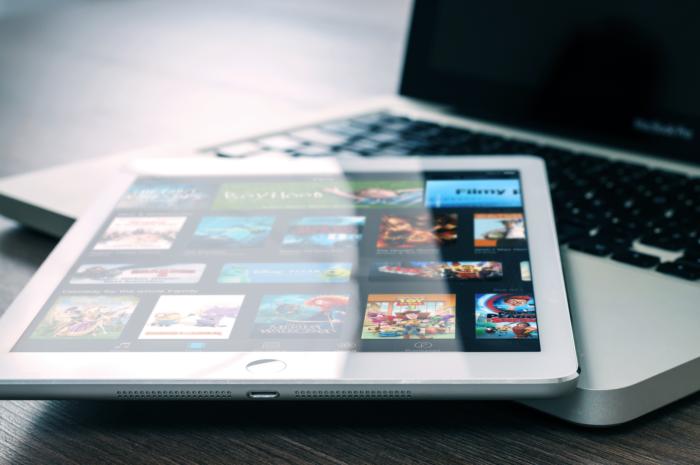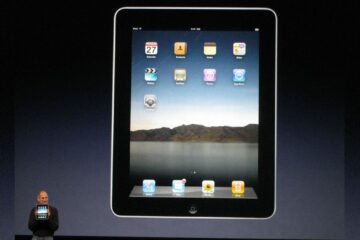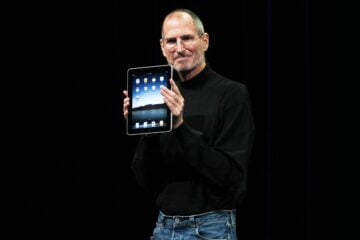
With another quarter of falling iPad sales, there’s a lot of talk these days about what’s up with the iPad. While Apple still sells more than twice as many iPads per quarter as it does Macs, the Mac business generates more revenue and is more stable than the iPad, which has shown year-over-year sales declines for 14 of Apple’s latest 15 financial quarters.
Despite a larger installed base than the Mac, customer-satisfaction scores that are “through the roof” (to use Tim Cook’s phrase), dominance in the high-end tablet market, and increasing sales to first-time iPad buyers, the iPad’s lack of sales momentum leads to a lot of skepticism about its future.
I believe that the iPad, or something very much like it, will be a huge part of the future of how people use computing devices. Here are a few of the reasons why.
Contents
The current iPad market is messy
This is an old argument so I won’t belabor it: People got really excited about the iPad in its early days, with the most overheated period happening between the 2012 and 2013 holiday seasons. In that 15-month period, Apple sold 97 million iPads, an average of 19.4 million per quarter. (Sales in the five most recent quarters averaged only 11.8 million.)

All those devices are still out there in the market. Some may be broken and others are gathering dust in a closet, but a lot of them are still in use. And they work just fine–the original iPad Air was still being sold as new until less than a year ago. As long as that huge mass of still-useful iPads begins to need a replacement, it will be hard to tell what the iPad’s real market size is.
In the end, I think the iPad market will stabilize, the weird effects of the iPad gold rush of 2012–13 will wash out of the market, and we’ll see a solid product line that will begin to grow again. But right now we are still looking at the sales equivalent of the Baby Boom–a very large lump in the charts that distorts what otherwise might be an orderly, smooth buying cycle.
The iPad is a better bet for the future
Look out to 2025 and imagine a futuristic computing device made from Apple that’s larger than a phone, filling the ecosystem that currently is filled by laptops and iPads (and maybe even desktop Macs). This is a thin, light device, with battery life and sensors and other features that we can only dream about today.
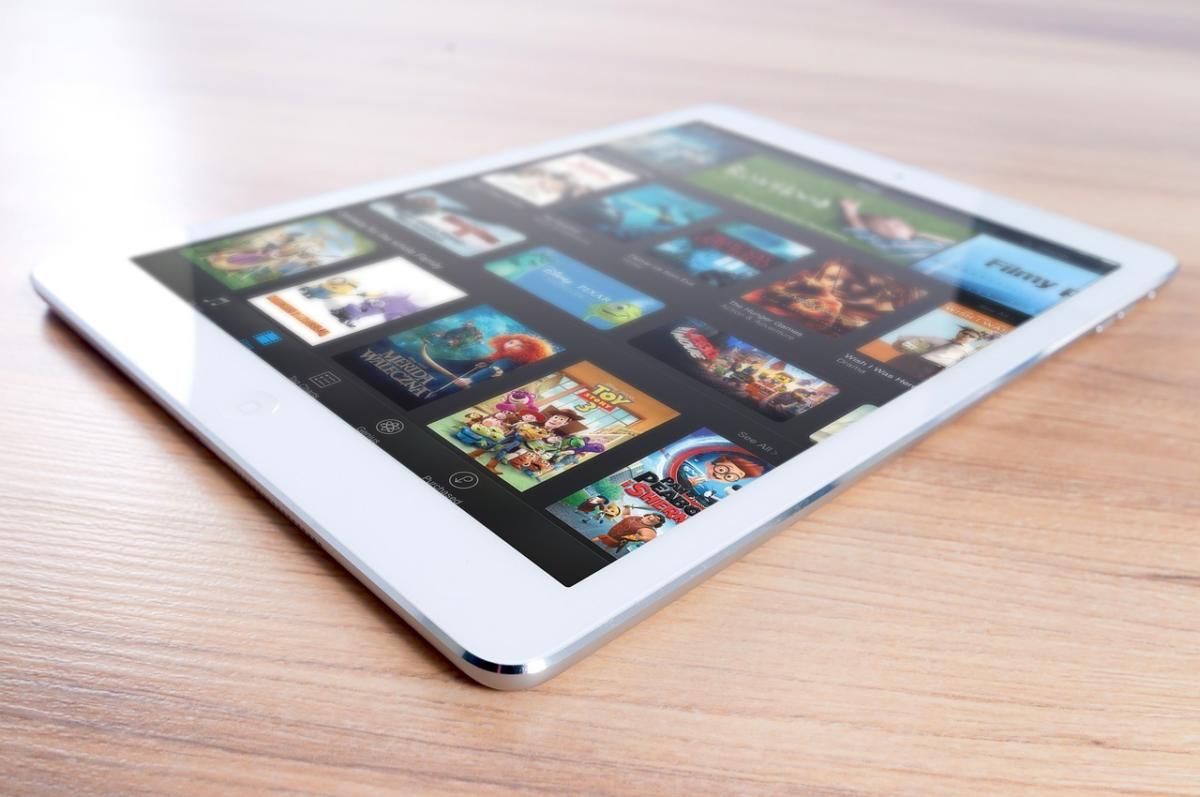
Pixabay
Now draw a line to that device from one of Apple’s current devices: the iPad or the Mac. Which device is more likely to morph into that 2025 computing device in your mind? Apple is capable of taking either in that direction, but if I had to pick one, I’d pick the iPad, not the Mac.
This is not because I dislike the Mac, nor is it because I think the Mac has no future. I think the Mac will continue to evolve and survive and maybe even thrive for years to come. But when I imagine that future device, I imagine one with a rich touchscreen interface that’s not burdened by the trappings of how computer interfaces were designed in the 1980s. For the Mac to get there, it would need to sacrifice a lot of its innate Mac-ness and become something very different.
Apple seems to see the Mac as a rock-solid platform for laptop and desktop computers that people depend on to do their jobs. The Mac is, in many ways, defined by the fact that it’s a keyboard-and-trackpad-driven system with a windowed user interface. If you take that away and simplify the Mac, you might be able to get to something a bit closer to the iPad–but you risk losing some of the key attributes that make the Mac what it is.
The iPad, on the other hand, seems not too far away from that 2025 device already. What’s required is an evolution of the very simple touch interface pioneered by the iPhone in order to provide the tools that sophisticated and demanding users need to get their jobs done. With the addition of iCloud Drive and support for other cloud services, Apple basically gave the iPad a browsable file hierarchy.
For the iPad to get there, however, Apple will need to up its game when it comes to growing iOS. After all, 2025 is only eight years away; a new iPad feature or two every other year between now and then won’t get it done. iOS needs better peripheral support, more sophisticated windowing and multitasking, improvements to file handling, better support for application and system automation, and a whole lot more. But if Apple puts the work in, the iPad could be that device in 2025–and still clearly be recognizable to a visitor from 2017 as an iPad.
In the meantime, the Mac can evolve at its own pace–and still remain the Mac.
Smartphones are too small
By all rights, this entire argument should be moot: the smartphone is the future of computing. I agree, the smartphone is the single most important computing device in our lifetimes.
There’s just one problem: Smartphones are designed to fit in our pockets, and I don’t think all the work we do in our lives can be ported to a screen that’s 5 or 6 inches diagonal.
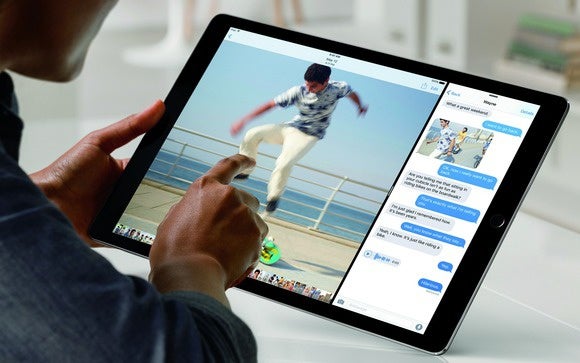
Different jobs have different needs, but many of them will require screens that are 10, 13, 17, even 27 or 30 inches diagonal. So if we believe that the smartphone is the future, but that sometimes you need a screen that’s bigger, what’s the product that fits that description?
An external touchscreen you can dock your smartphone to? That might happen, but it seems more likely that the future will involve multiple devices synced to cloud data, so you can move between them with ease. (We’re already getting there.) A pair of augmented-reality glasses that let you operate an enormous interface driven by your smartphone? It’s possible, but remotely operating a virtual interface is not the same as touching a physical object.
So assuming that in 2025 people will want to do work on larger screens, the smartphone will need a companion device that can provide those larger screens for different contexts. The Mac might be the solution here, modified (in the vein of what Microsoft’s doing with Windows) to provide that sort of interface. But once again, the clearer solution is already with us: it’s the iPad. Not just in the current sizes that range from 7 to 13 inches, but ones a whole lot larger.
I’m not saying the iPad will certainly be the device people will be using in 2025 to get their jobs done. But when I look at where Apple is today and project into the future, it’s what seems the most likely to grow into that device.

